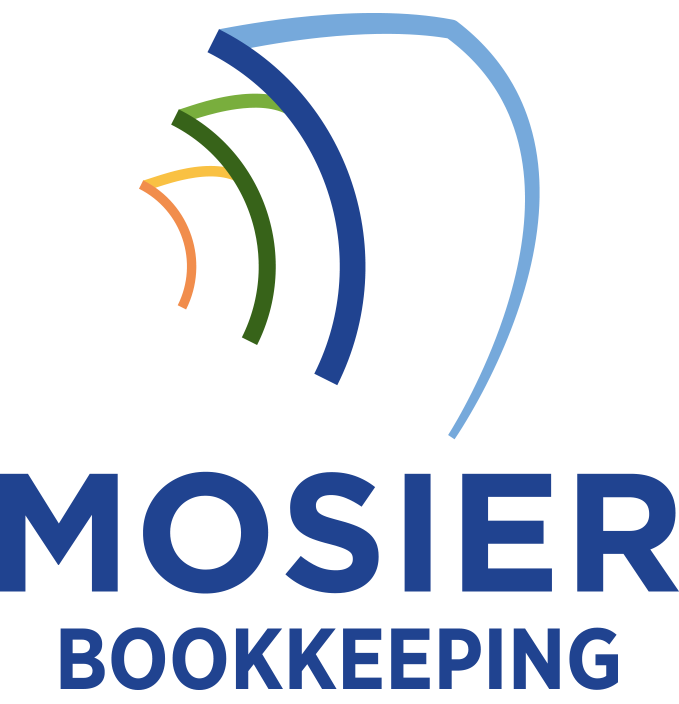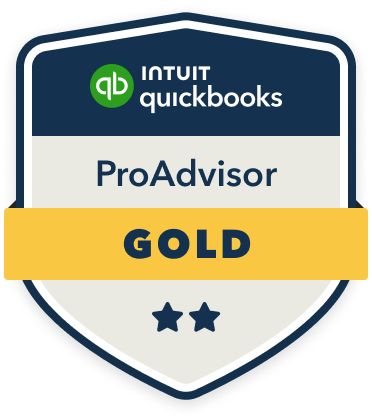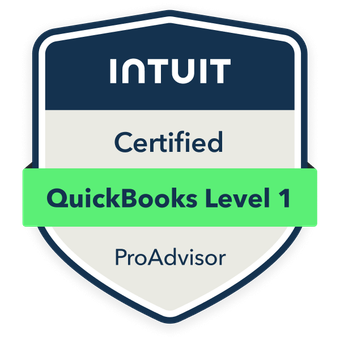To analyze service delivery costs through bookkeeping, I’ll need to set up detailed accounts that track direct labor, materials, and overhead separately for each service type. I’ll implement digital timesheets with project codes, establish overhead allocation pools, and monitor key metrics like gross profit margin and cost per service hour. By combining activity-based costing with precise expense categorization, I can pinpoint true delivery costs. Let me show you the essential components for building this analytical framework.
Setting Up Your Chart of Accounts for Service Cost Tracking
Three essential steps must be taken when setting up your chart of accounts to track service delivery costs effectively. First, I recommend creating distinct revenue accounts for each service type you offer, enabling precise income tracking. Second, establish corresponding direct cost accounts that align with these revenue categories, including labor, materials, and subcontractor expenses. Third, implement overhead allocation accounts to distribute indirect costs across your service lines.
I’ve found this structure allows you to calculate accurate profit margins per service, identify cost drivers, and make data-driven decisions about pricing and resource allocation. You’ll gain granular visibility into your service delivery economics.
Essential Expense Categories to Monitor
While tracking all expenses provides broad financial insights, focusing on specific cost categories is indispensable for analyzing service delivery efficiency. I recommend monitoring these critical categories: direct labor costs, materials and supplies, overhead allocation, technology and software subscriptions, equipment depreciation, and subcontractor fees.
I’ve found that breaking down costs further into fixed versus variable components lets me identify cost drivers and scalability factors. By monitoring training expenses, quality control costs, and customer support separately, I can pinpoint operational inefficiencies. I also track opportunity costs through unbilled time and resource utilization metrics.
Labor Cost Analysis and Time Tracking Methods
Among all expense categories, labor costs typically represent the largest operational expenditure in service-based businesses. I recommend implementing robust time tracking methods to analyze these costs effectively.
| Time Tracking Method | Strategic Benefit |
|---|---|
| Digital Timesheets | Real-time cost monitoring |
| Project Codes | Service-specific analysis |
| Productivity Apps | Automated data capture |
| Billable Hours Log | Revenue optimization |
| Task Categories | Resource allocation |
I’ve found that integrating these tracking methods with your accounting software enables precise labor cost allocation. By analyzing metrics like utilization rates, billable percentages, and cost per service hour, I can identify profitability trends and make data-driven staffing decisions. This granular approach to labor cost management directly impacts bottom-line performance.
Overhead Allocation Strategies
Proper overhead allocation represents a critical component of accurate service cost analysis. I recommend using activity-based costing (ABC) to distribute indirect costs across service lines. I’ll assign overhead based on actual resource consumption rather than arbitrary percentages.
I track key cost drivers like square footage, equipment usage hours, and IT resources to create allocation bases. I’ll implement cost pools for categories like facilities, technology, and administrative support. Then I’ll calculate overhead rates by dividing each pool’s total by its allocation base.
This systematic approach lets me pinpoint true service delivery costs and identify areas for efficiency improvements.
Key Performance Metrics and Financial Ratios

I track several essential metrics and financial ratios to evaluate service delivery performance and cost efficiency. I calculate gross profit margin to assess pricing effectiveness, operating margin to measure operational efficiency, and cost per service hour to gauge resource utilization. I monitor my employee utilization rate, average revenue per client, and client retention metrics to optimize profitability. For deeper analysis, I leverage the accounts receivable turnover ratio and days sales outstanding to manage cash flow. I also examine overhead absorption rates and service capacity utilization to identify areas where I can reduce costs and improve efficiency.
Using Data to Optimize Service Pricing and Profitability
Building on these performance metrics, data-driven pricing strategies maximize service profitability through systematic analysis. I’ll show you how to leverage your financial data to set ideal price points that capture maximum value while maintaining competitive positioning.
I analyze cost breakdowns, profit margins, and client segment profitability to identify opportunities for strategic price adjustments. By tracking price elasticity within different market segments, I can pinpoint where higher rates will be accepted versus where price sensitivity requires caution.
I recommend implementing dynamic pricing models that adjust based on demand, service complexity, and resource utilization – helping you maximize revenue without sacrificing market share.









